It was Sir Donald Bradman who suggested that “it is the responsibility of all those that play the game (the custodians) to leave the game in a better state than when they first became involved.”
Reflecting the “Spirit of the Game”, there are certain “unwritten laws” or practices that should be followed as a means of respect for the game.
The following is certainly not a definitive list, but is an indication of many of the conventions of cricket that should be maintained at all levels of the game.
Toss of the Coin
- the Home Team Captain should always have a coin for the toss
- the Home Team captain tosses the coin; the Opposition captain calls
- the toss of the coin should be out on the pitch to be played upon
- Captains should always shake hands prior to the toss
12th Man
- the 12th Man must be dressed in playing apparel
- if there are only 11 cricketers in a team (that is, no 12th man) the batting side should have someone in whites (or coloured uniforms where used) at all times
- players who are performing 12th man duties must know their role and be prepared. Such things as the times at which drinks are to be taken, being alert to requests from players for sun-screen, jumpers, towels, ice, first aid, etc.
Entering the Playing Field for Commencement of Play
- Umpires always are first to enter the playing field
- As they enter, the umpires drop a new ball (at the start of an innings) just inside the boundary
- The fielding side then takes the field, led by their captain. The ball is normally picked up by either the captain or the wicketkeeper
- The two batters enter after the fielding team
During Play
- The batting team should sit together on the sidelines (except where individuals may be warming up in preparation for batting)
- It is normally the responsibility of the home side to keep any score-board up to date
Leaving the Playing Field
- The batters always are first to leave the playing field
- The fielding team follows the batters
Team Caps
- Some teams require that all players wear the team cap for the first session (when fielding)
- All players should have appropriate hats out on the ground, whether club caps or broad-brim hats.
- ‘Sun Smart’ issues need to be considered in this regard
Appealing
- It is not in the spirit of the game when appealing for a decision to put undue pressure on the umpires, particularly in running at the umpire
- All players must respect the umpire’s decision (under the Laws of Cricket, it is the captain’s responsibility to ensure that this occurs) Bowlers’ and Fielders’ Ground Marking
- When marking their run-up, bowlers should refrain from damaging the grass or surface, in the interests of participants but also as a sign of respect for those responsible for preparing the surface. The same applies to fielders who mark the ground as an indication of their positions on the field.
After Match
- It is an important tradition to stay in the change-rooms for a short period after each game to discuss the game with your own players and perhaps opposition players
Acknowledgement of Milestones
- Fielding teams should always acknowledge 100’s by opposition batters, or even 50’s for junior grades
- After the game, players should acknowledge the opposition by shaking hands and perhaps sharing an after-match function together
- Captains should always shake hands after the match
Sledging
- Any attempts by the fielding team to verbally put a batter of his/her game need to be within the spirit of cricket and enforced by the captain of the team
Support Staff and Spectators
- Coaches/Team Managers and spectators/parents should respect the nature of the game insofar as it is the responsibility of umpires and the team captains to conduct the match in the appropriate manner. Any noise from the sidelines (other than appropriate recognition of good performance or effort) or any signals or form of communication to players are not in the best interests of the game
- Any communication can be via the 12th Man at drinks breaks, or during breaks in play where teams leave the field
- Yelling from the side-lines is not tolerated
- Coaches/Team Managers should not enter the field of play


















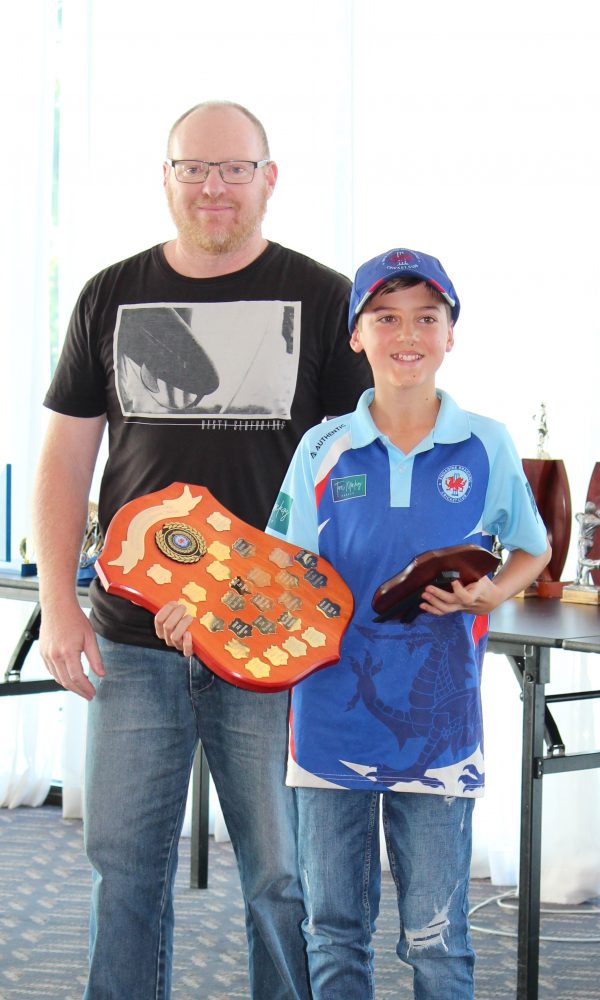
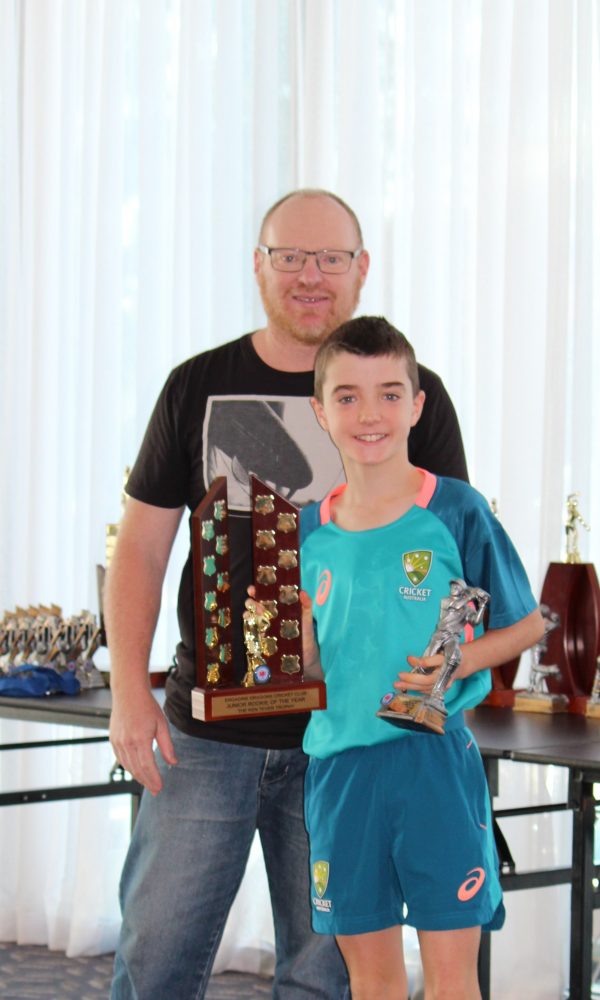
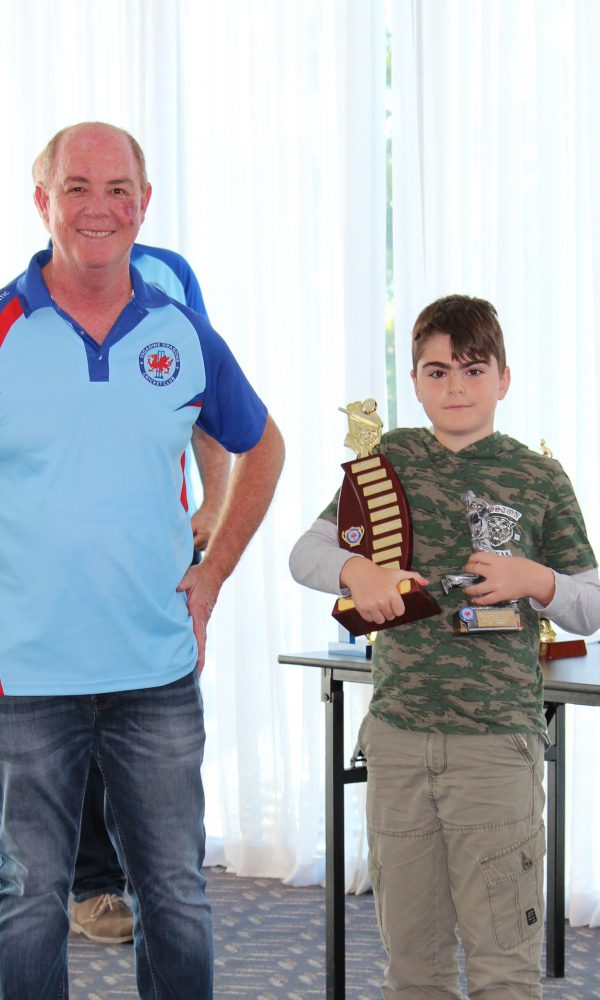
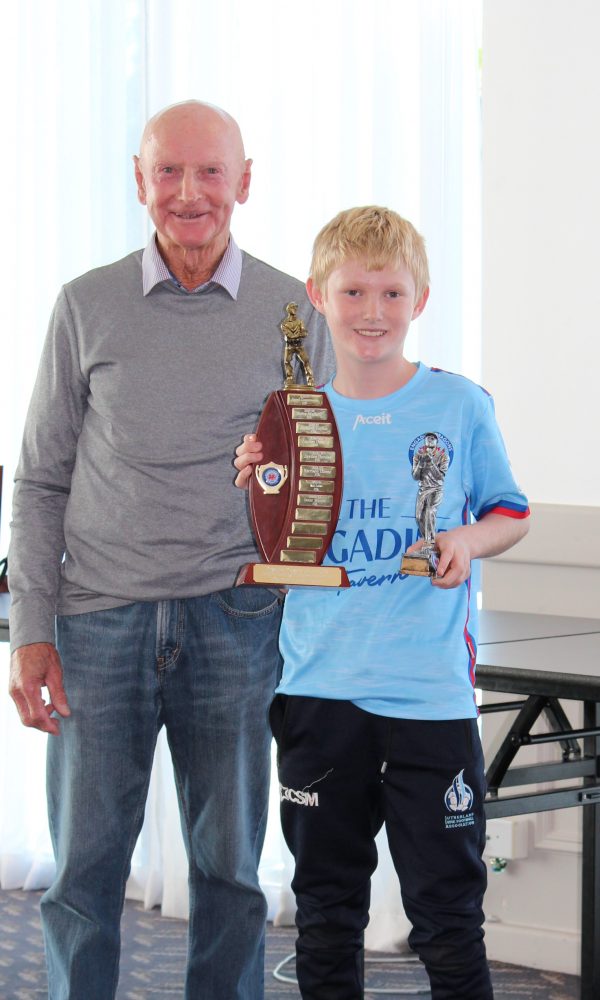
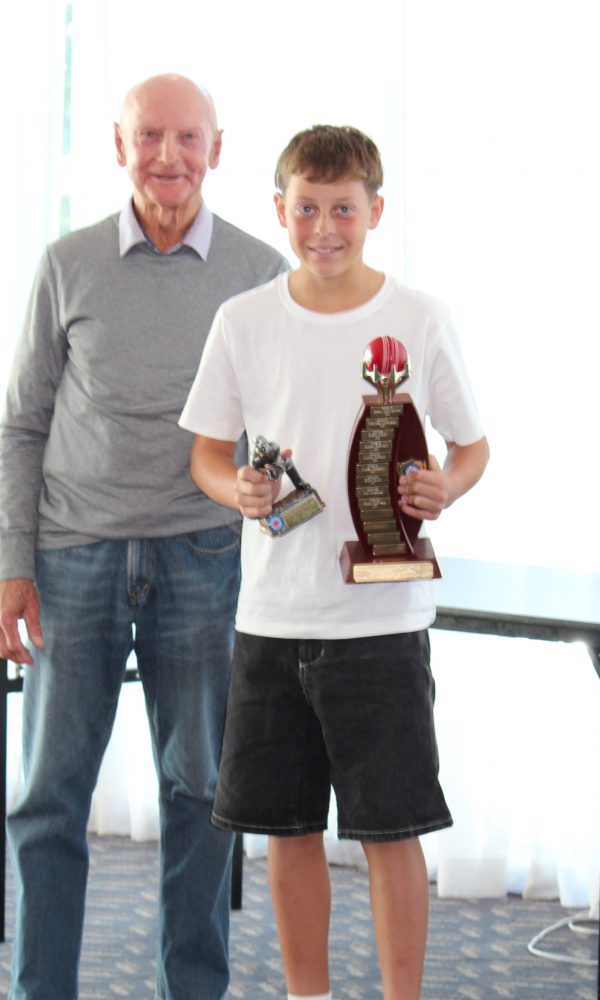
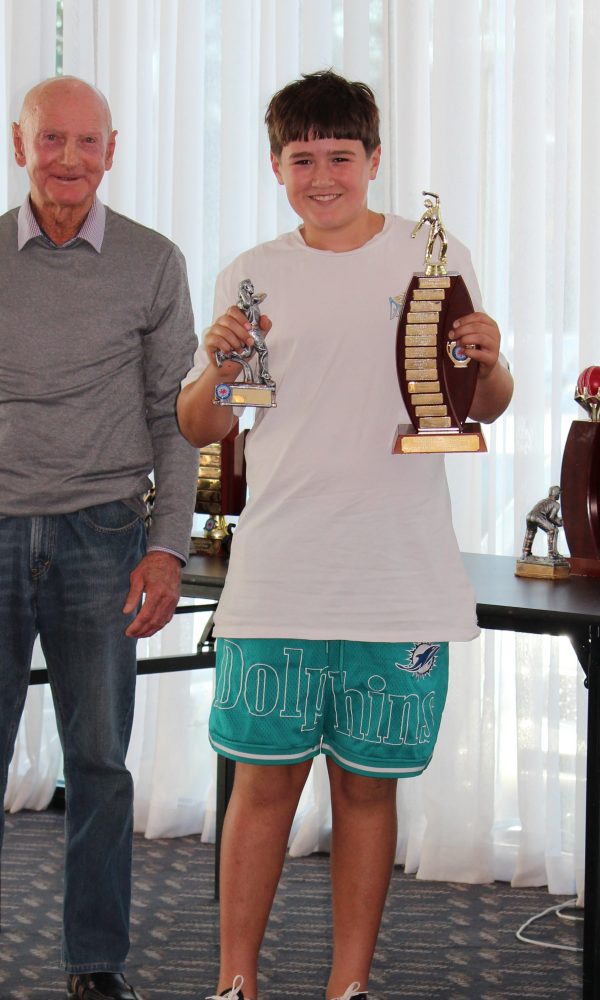
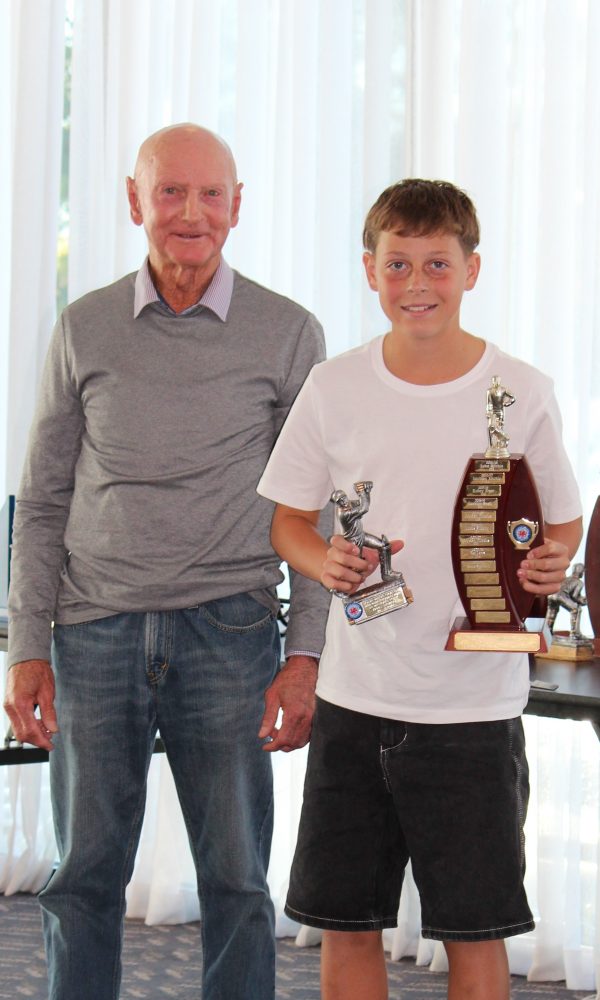


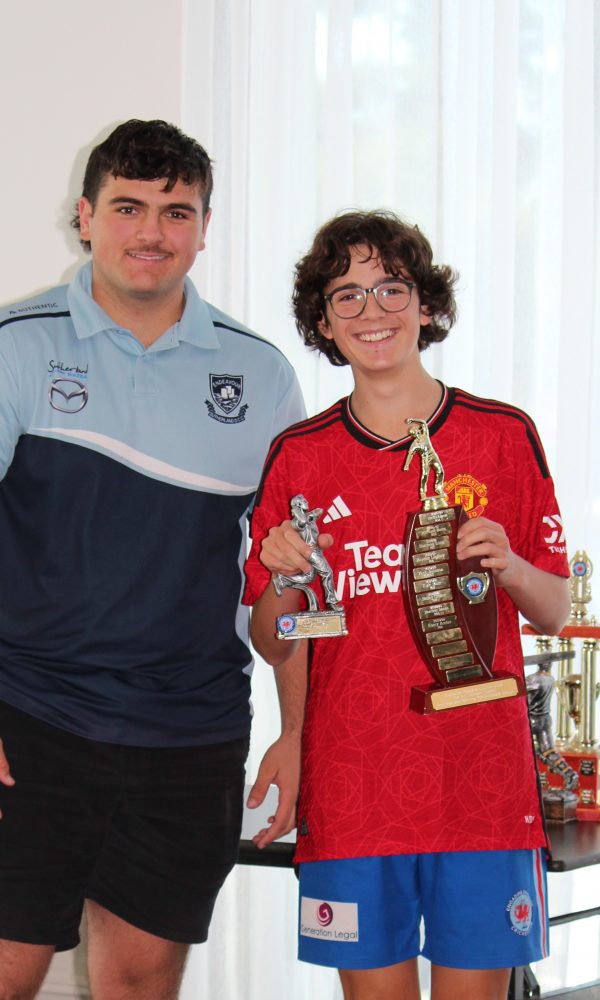
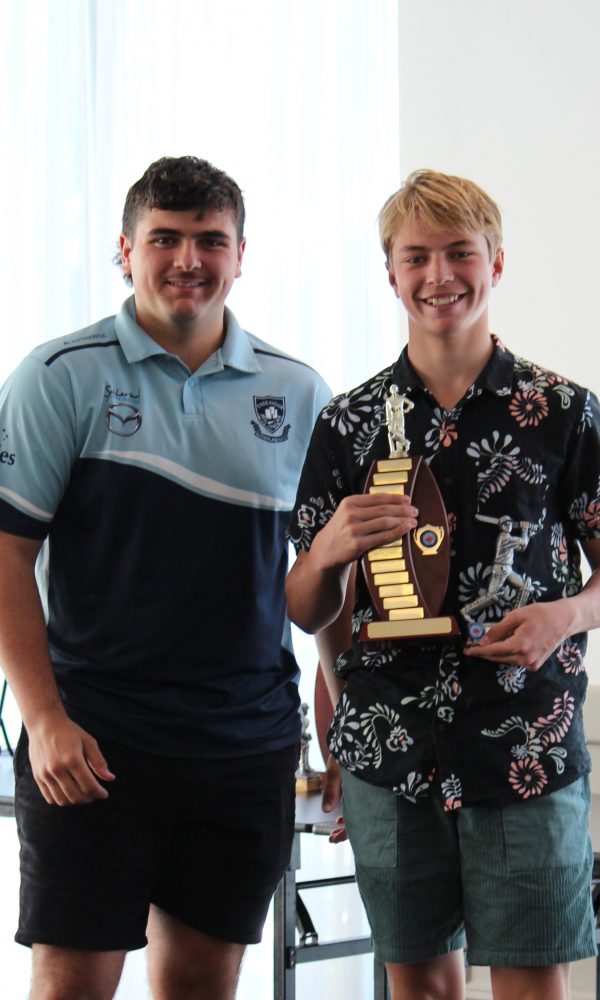


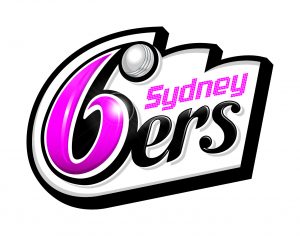

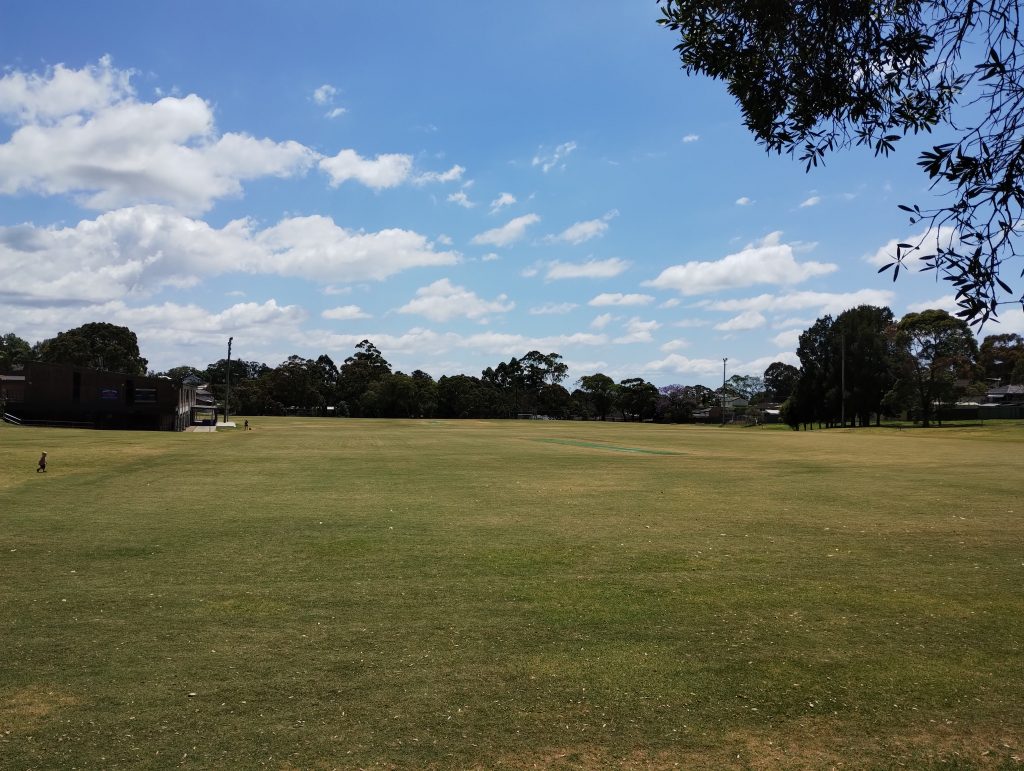
Comments are closed, but trackbacks and pingbacks are open.